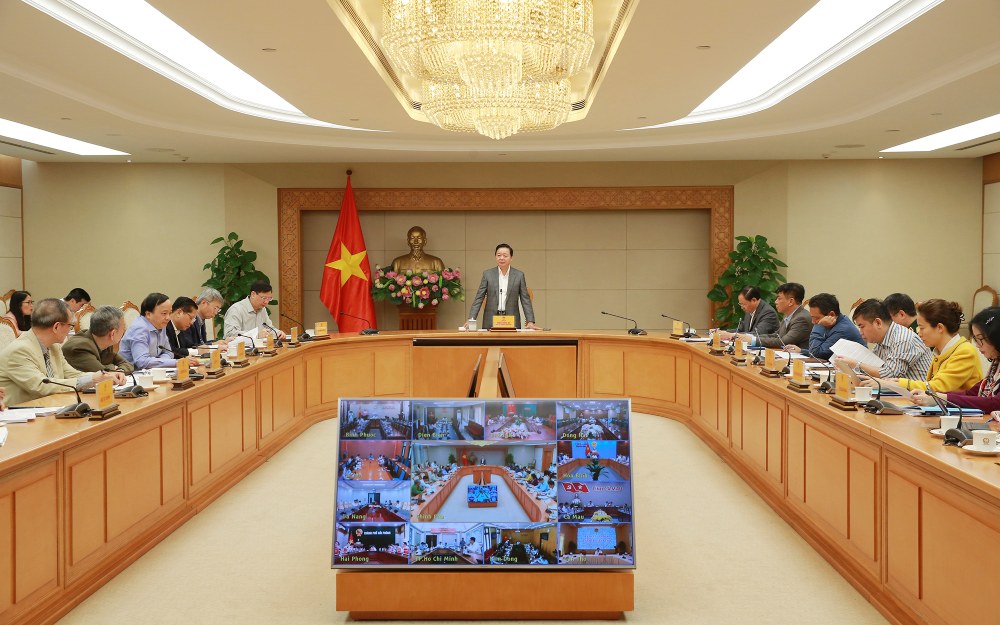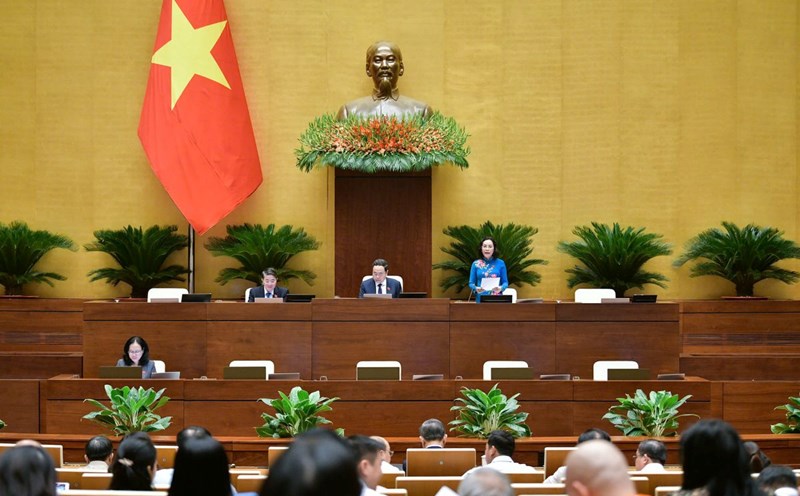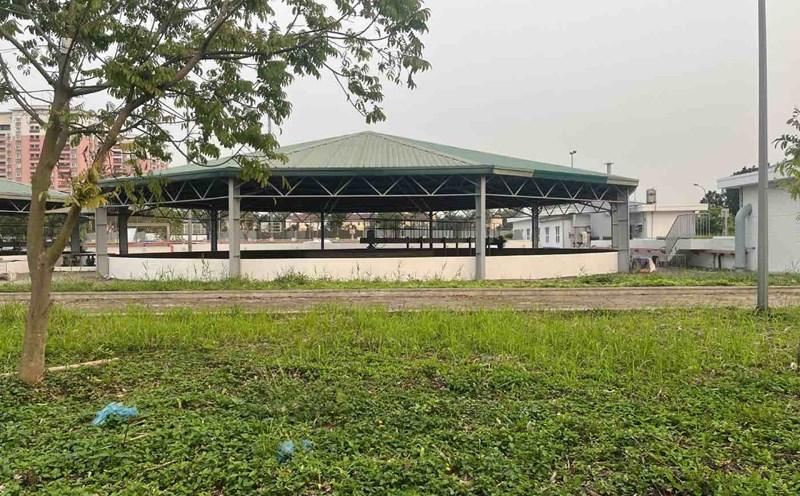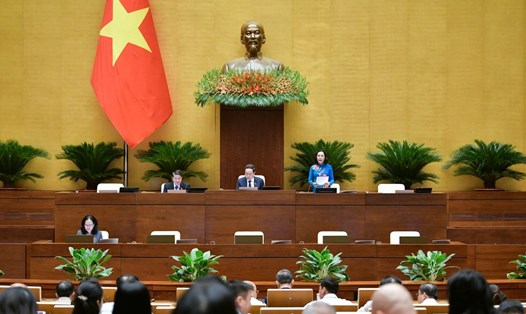On March 28, Party Central Committee member, Deputy Prime Minister Tran Hong Ha chaired a meeting with ministries, branches, and experts, connecting online to localities on the plan to adjust the National Land Use Plan for the period 2021-2030, with a vision to 2050.
At the meeting, leaders of a number of ministries, branches and localities said that it is necessary to stipulate the transitional period to allow the use of land use planning, urban and rural construction... currently available, during the time of calculating and adjusting socio-economic development plans after completing the consolidation, merger, rearrangement of provincial and commune-level administrative units, and removal of district-level ones.
Affirming the need to adjust the national, specialized, regional and provincial master plan, Deputy Minister of Finance Bui Van Khang said that, based on the double-digit growth target, priority should be given to industrial, commercial and service land funds; promote decentralization for localities.
Prof. Dr. Vu Nang Dung - Chairman of the Vietnam Soil Science Association - said that the plan to adjust the reduced rice-growing land area still ensures national food security.
For forestry land, it is necessary to keep special-use land areas and protective forests; it is necessary to inherit the district-level land use plan in the transition period when the division and merger of communes/wards are newly completed.

Speaking at the meeting, the Deputy Prime Minister stated that in the context of streamlining the organizational apparatus, changing and merging administrative boundaries of localities, towards the goal of double-digit growth... it is necessary to change the approach to national land use planning.
The Deputy Prime Minister assigned the Ministry of Agriculture and Environment to continue to preside over and work with ministries, branches and localities to agree on a plan to adjust land use indicators.
Calculating the transitional period of using land use planning and plans when removing district level as well as the responsibilities, authority, and tasks of provincial and commune-level authorities; mechanisms and principles for adjusting land use indicators in case localities complete the merger.
"This planning demonstrates a strong decentralization spirit for localities, integrated with other planning, taking construction planning as the center," said the Deputy Prime Minister.
Regarding agricultural land, the Deputy Prime Minister proposed to innovate the management of agricultural land and rice land in the direction of a comprehensive approach to food security, food innovation, technology innovation, climate change adaptation when considering adjusting and converting rice land to aquaculture, growing vegetables and fruit trees with higher economic efficiency.
The Deputy Prime Minister requested to review and consider the criteria for classifying forestry land that is being cultivated with industrial crops with covered forests and environmental protection to manage clearly and accurately.
The Deputy Prime Minister also noted that when adjusting the national land use planning, there needs to be an open and flexible mechanism to adjust the land use indicator for urgent works in the Mekong Delta that cannot be predicted.
There is a mechanism to add to the national land use planning for land areas formed from sea encroachment activities; decentralize to localities to proactively mobilize resources to renovate and restore polluted and desolate land areas.











